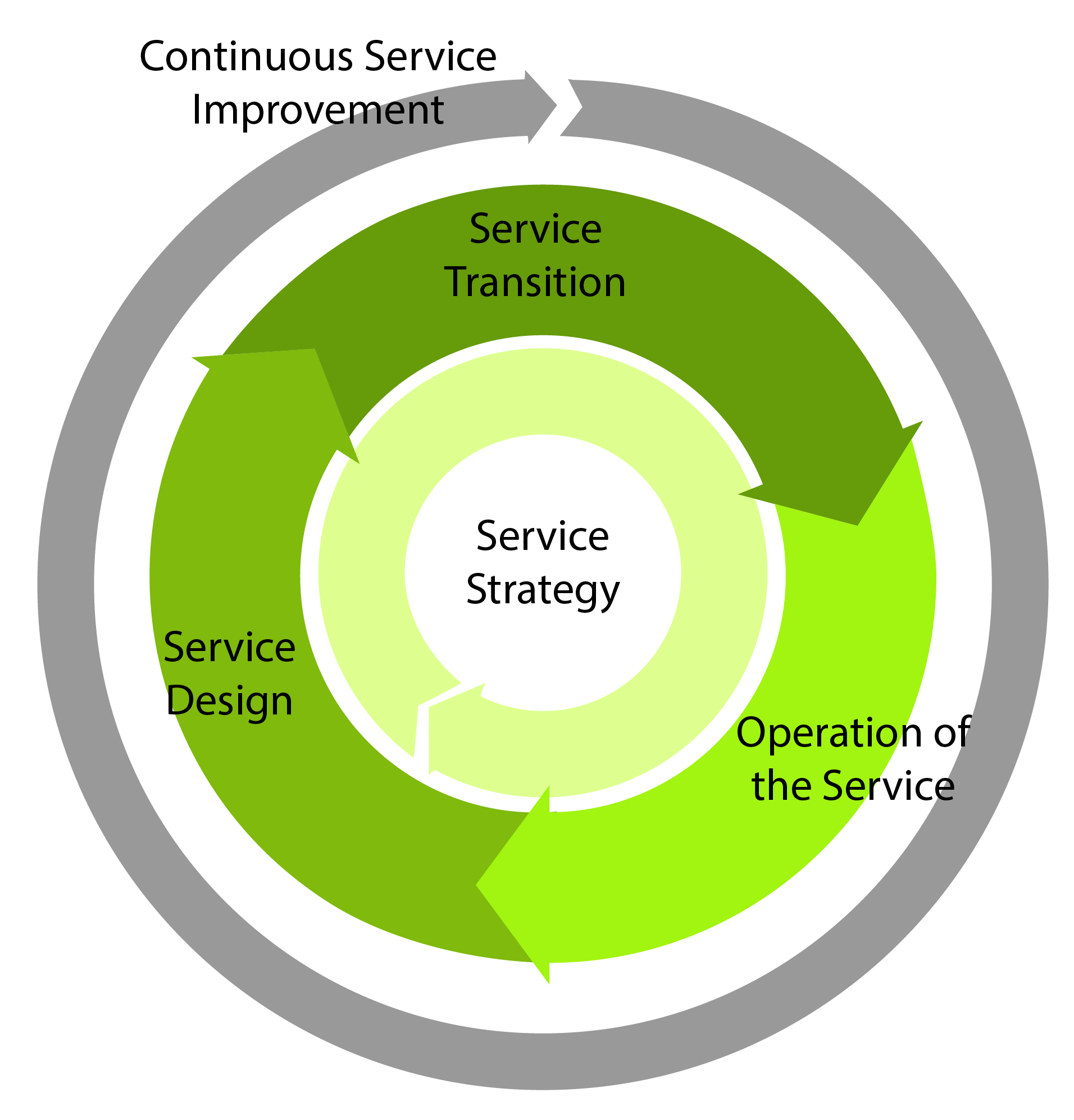The Information Technologies today are a key factor for companies to be more competitive and are part of business management.
It is essential to be able to evaluate the efficiency with what companies act in what refers to IT.
The IT Audit is a process, with which we guide the verification and assurance of the effectiveness of policies and procedures in any field of the appropriate use of IT.
The IT Audits must propose the decision making that allows to correct errors and improve the way of acting of the company.
The Audit covers a series of controls, verifications and judgments that conclude in a set of recommendations and an Action Plan, which, when drafted, becomes the differentiator of a traditional Audit.
The ITIL methodology was developed in the late 1980s at the initiative of the Government of the United Kingdom. The acronym for ITIL means Information Technology Infrastructure Library.
This methodology is the set of practices that encompass processes, technical and operational requirements, strategic, operational and financial management of a modern company.
ITIL proposes a life cycle based on 5 processes:
- Service Strategy
- Service Design
- Service Transition
- Operation of the Service
- Continuous Service Improvement
</li>

WHY IMPLEMENT ITIL?
Nowadays, its essential for the companies, having standards that help maintain the quality of IT services and reduce the complexity of the technological infrastructure that must be managed.
ITIL plays a fundamental role as it is the most recognized methodology worldwide for the improvement of quality in the provision and increase of productivity and efficiency in the management of IT services, the ITIL is the collection of public documents, which based on processes and within a framework of industry best practices, allows the management of IT services with quality and at an adequate cost.
It provides a method to plan common processes, roles and activities with appropriate relationships and communication lines, which allow to optimize the management of IT services; that is, it offers a systematic approach to the provision of quality IT services.
It is necessary to implement this model to highlight those aspects of the IT Management solution to facilitate its deployment within the company.
The processes to be implemented are the following:
Integrated Approach
The first aspect to take in mind is to provide a single solution that allows a global view of the key points of IT Management and that has a broad functional coverage in a homogeneous platform. This approach facilitates the implementation, maintenance and updating of the solution, which is reflected by a reduction in costs and greater efficiency in the provision of the service.Â
Scalability
In addition to having a homogeneous platform for IT Management, it is necessary to ensure that the solution that is gradually implemented is scalable.
The tool that is selected must have functionalities that allow multi-organization support, which can even cross national borders with users in different languages ​​and time zones. This type of need has increased as a result of the growing globalization in different business sectors.
Whatever the reason, this type of progressive model should facilitate adaptation to the new situation of the company.Â
Low Total Cost of Ownership
Total Cost of Ownership (TCO) remains a pending issue in many IT organizations. Today, many solutions implementation decisions focus primarily on the initial investment (infrastructures and deployment), without taking into account recurrent post-implementation costs, which usually represent between 50 and 70% of the TCO.
It's of vital importance for the proposed progressive implementation model, an out-of-the-box solution approach. This approach is based on offering, in a standard manner, a series of benefits, such as assistants, reports or predefined indicators, which facilitate the parameters and the gradual integration of the various processes contemplated within the project. This, with the passage of time, will mean lower maintenance and migration costs, with which it is possible to expect a significant reduction in the TCO. Do not forget that this cost reduction is one of the factors that will serve to demonstrate the benefits of the progressive implementation of IT Management processes.Â
The model in practice
The philosophy inherent to this model is that of quick-wins, which aims to make partial deliveries that satisfy the functional requirements of the users involved. In other words, it seeks to put into production, gradually, the functionalities that allow end users to have an initial contact with the new processes to be implemented or improved. This approach facilitates the Change Management process, because this initial exposure of the users allows the necessary adjustments to be made in time in the deployment already carried out and to better prepare the next steps in the implementation.
The order of implementation of the processes must serve as an initial orientation that must be adapted to the specific needs of each company, after an initial analysis of their current situation and their requirements for a better provision of the IT service to the business.
It should be considered, as a starting point, the development of a catalog of corporate services that includes all those services that IT provides to the business. During this preliminary phase, it is recommended to take into account aspects such as the standardization of nomenclatures, identification of levels of criticality, impact for the business and degree of visibility within the organization, among others.

